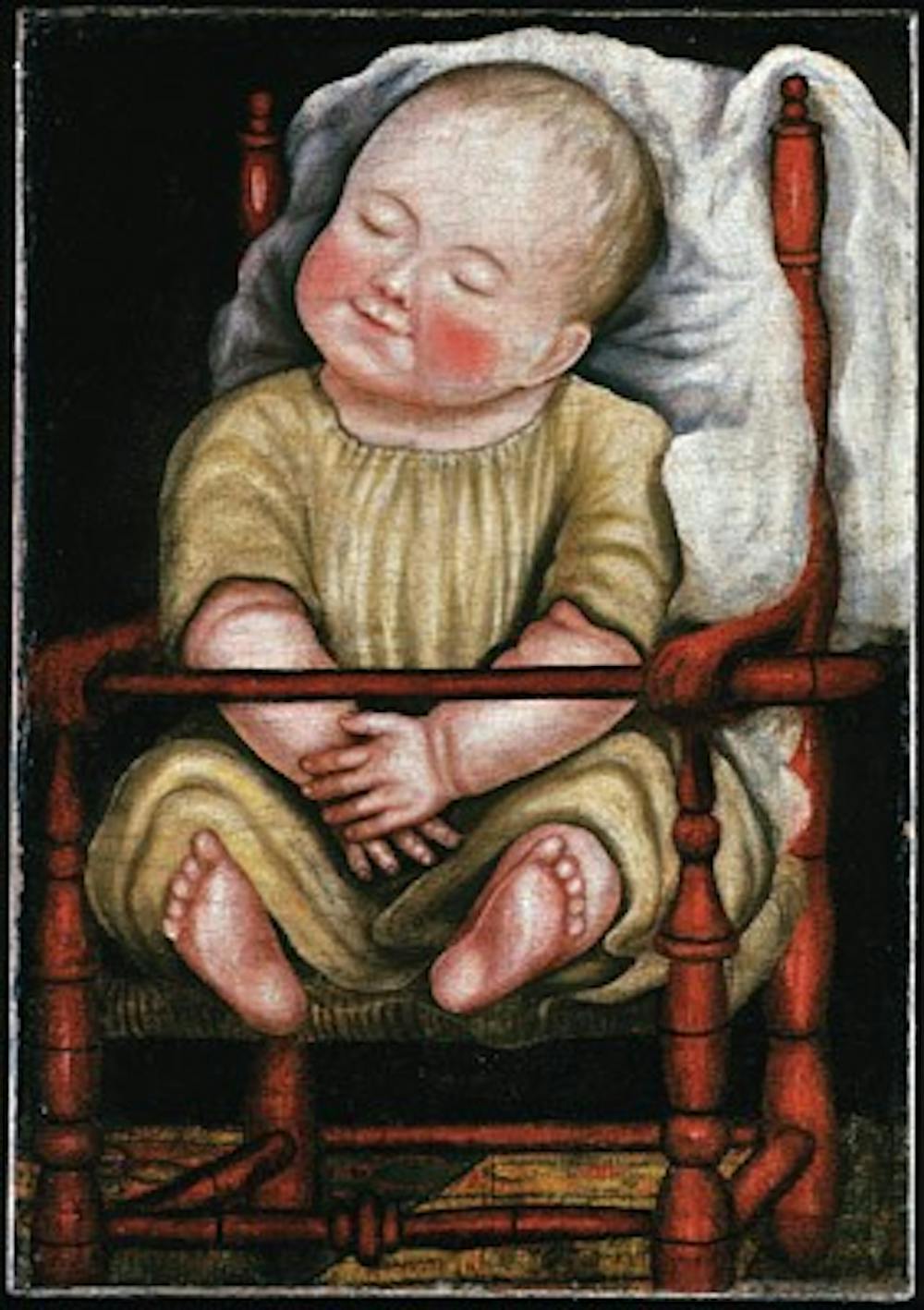WILLIAMSBURG, Va. – Colonial Williamsburg is more than costumed interpreters in tricorn hats making speeches about revolution or craftsmen demonstrating silversmithing and other trades.\nThe restored 18th-century capital of Virginia also features the nation’s first folk art museum, now in a new, roomier home.\nThe Abby Aldrich Rockefeller Folk Art Museum reopened earlier this year after being closed during a two-year, $6.1 million expansion project that gave it 11 galleries in 11,200 square feet of exhibition space that can be adjusted to display a wide range of pieces.\nIts former location had 10,800 square feet of exhibition space divided among small, cutup rooms, making it much less flexible. \nAbby Aldrich Rockefeller, a driving force in the founding of the Museum of Modern Art in New York, was one of the first collectors of folk art. She began buying work from non-academically trained artists in the early 20th century, when folk art was considered beneath collectors’ notice, said Ronald L. Hurst, Colonial Williamsburg’s vice president for collections and museums.\nShe gave her 424-piece collection to Colonial Williamsburg in the 1930s. Her husband, John D. Rockefeller Jr., was a principal benefactor in the restoration of Colonial Williamsburg, and she saw folk art “as a complement to what was going on here,” Hurst said.\nAbby Rockefeller died in 1948, and her husband built the folk art museum to honor her. It opened in 1957 in what was then a state-of-the-art facility.\nFive decades later, change was sorely needed.\nThe small rooms couldn’t accommodate large exhibits and the fluorescent lighting made paintings look washed out. And attendance had fallen as fewer people were willing to make their way to the museum, two blocks away from Colonial Williamsburg’s Historic Area, Hurst said.\nThe new museum was built in what had been a walled outdoor garden adjoining the DeWitt Wallace Decorative Arts Museum, one of Colonial Williamsburg’s more popular offerings. The DeWitt museum is close to the Historic Area and to the downtown Williamsburg shopping district, Merchants Square.\nThe new space has more vibrant colors on the walls and better lighting that makes the artworks glow. In one room featuring landscapes and cityscapes, louvers on the windows adjust automatically to retain the ambiance of natural light.\n“Again and again, people have walked in, seen their old favorites and said, ‘Have you cleaned all the paintings?’ “ Hurst said. “The answer is ‘no.’ They are simply properly lighted now.”\nThe new space also has room to show off more of the museum’s collection, which has grown to more than 5,000 objects from the 18th century, when Virginia was a British colony, as well as the 19th and 20th centuries. Currently, about 510 pieces are on view.\nThe exhibits show off a wide variety of the museum’s holdings, including silhouette portraits, quilts, sculptures, stoneware and musical instruments such as a carved combination rhinoceros and hippo –“Hippoceros” – that has a phonograph embedded in its body.\nA gallery of painted furniture shows how artisans painted cheap materials like pine and poplar to look like more expensive wood, such as mahogany.\nAn exhibition on mourning art explores honoring deceased loved ones and heroes. It includes paintings, medals and quilts created to honor President George Washington after his death in 1799 and memorial pictures done in needlework by schoolgirls.\nOne exhibition, “Down on the Farm,” is focused on children. It follows the story of Prince, a carved wooden dog, as he explores the countryside. The story is told in verse in book pages mounted at kid-level and is illustrated by pieces such as wooden horses and weather vane roosters.\nThe biggest piece in the museum is an entire room saved from an 1830s North Carolina country house that was falling apart.\nAnother gallery features portraits. Most of the subjects are not famous. One of Hurst’s favorites shows a woman named Deborah Glen, painted in 1739, just before her marriage with a wreath symbolizing her virtue.\n“The staff all tease me because they know whenever there’s a portraiture exhibit, they have to put Deborah in,” Hurst said. “Or I come in and say, ‘Where’s Deborah?’”
Folk art museum rejuvenated in Va.
Giant expansion provides additional space, lighting

Get stories like this in your inbox
Subscribe





